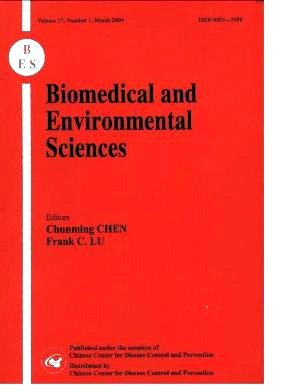Monitoring of Pollution of Air Fine Particles (PM2.5) and Study on Their Genetic Toxicity
-
Key words:
- Air pollution /
- Fine particles /
- DNA damage
Abstract: To compare PM2.5 pollation level between the city of coal-fuel pollution (Taiyuan) and the city of pollution mixed with coal fuels and vehicle exhausts (Beijing), to analyze the concentration of B[a]p and Pb in the pollutants, and to study the DNA damage by PM2.5. Methods Air fine particles (PM2.5) were collected in Beijing and Taiyuan by means of the filter membrane method, the concentration of B[a]p and Pb were analyzed by high performance liquid chromatography and atomic absorption spectroscopy respectveily, and the damage of DNA by PM2.5 was detected by single cell gel-electrophoresis (SCGE) using the human lung epithelial cells (A549) as target cells. Results The concentration of PM2.5 in the winter of Beijing was 0.028-0.436 mg/m3, and that in Taiyuan was 0.132-0.681 mg/m3. The concentration of B[a]p was 0.104 and 0.156 μg/mg on PM2.5 of Beijing and Taiyuan, respectively, whereas the concentration of Pb was 1.094 and 1.137 μg/mg on PM2.5 of Beijing and Taiyuan, respectively. Exposure to PM2.5 at the concentrations of 5, 50, and 200 μg/mL for 12 h and 24 h caused DNA damage of the human alveolar epithelium, and the ratios of the tailing and length of the tail were all significantly different from those of the negative control group (P<0.05), and indicated a dose-response relationship. Conclusion PM2.5 has certain genetic toxicity.
| Citation: | DONG-QUN XU, WEN-LI ZHANG. Monitoring of Pollution of Air Fine Particles (PM2.5) and Study on Their Genetic Toxicity[J]. Biomedical and Environmental Sciences, 2004, 17(4): 452-458. |







 Quick Links
Quick Links
 DownLoad:
DownLoad: